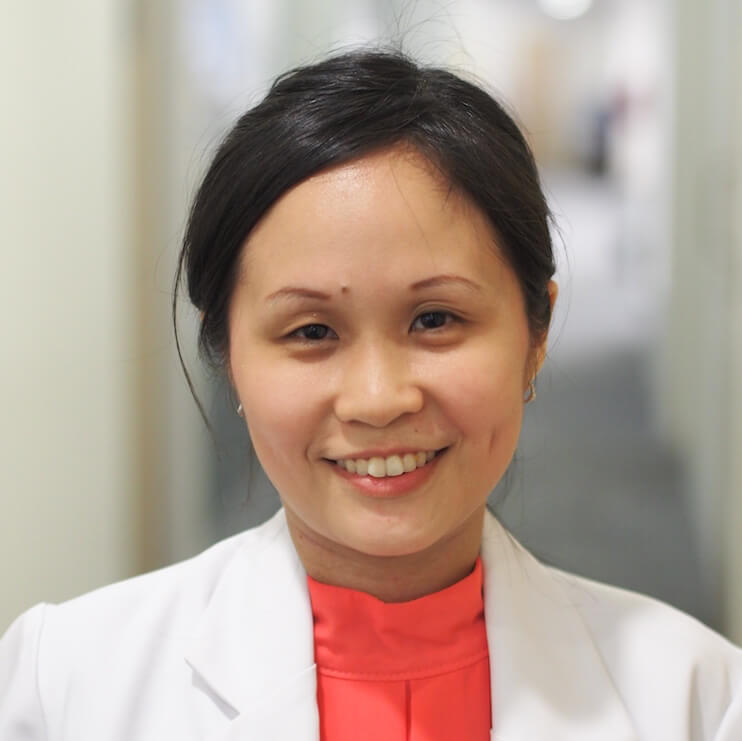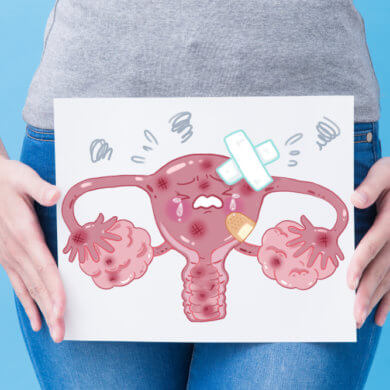You may find that as you age, your body becomes flabbier, you feel full easily and find that food doesn’t taste the same anymore. This is normal because human bodies are programmed such a way that with age, we gain more body fats and lose more muscle. Our taste buds and sense of smell become less sensitive, and we feel full easily because of slower digestion.
Despite these body changes, we can modify our diet and lifestyle to help combat these changes, enabling us to maintain a healthy and active life in our golden years. There are four main areas that older adults can focus on to stay healthy and active:
- Maintain a healthy weight
- Prevent muscle loss and build muscle strength
- Protect your bones
- Eat well for your memory

Maintain a healthy weight
It is a common belief that older adults should eat less due to their lower metabolic rates. While it is true that adults aged 65 and above do not need as much calories compared to their younger days, they need more of other vitamins and minerals due to slower digestion and reduced absorption by the body. A balanced diet including a variety of wholegrains, fresh fruit and vegetables, lean meat and legumes/lentils can provide the necessary nutrients for optimal health.
Inadequate food intake will result in weight loss. Unintentional weight loss in older adults increases the risk of malnutrition, infections and fractures.
However, those who are obese should gradually reduce their weight through making dietary changes and increasing physical activity level to reduce body fat and maintain muscle mass.
Prevent muscle loss and build muscle strength
Sarcopenia is a common condition among older adults. This condition is characterised by loss of muscle, reduced muscle strength and increase in body fat. Some people may lose as much as 40% of their muscle in late adulthood. To fight against sarcopenia, older adults need to have adequate protein intake. Fish, lean meat, low fat dairy products and legumes are great protein food. Protein food should be coupled with physical activity to prevent muscle loss and maintain muscle strength.
Protect your bones
Our bone mass starts to decline between 35 and 40 years of age. For women, the rate of bone loss increases during menopause. Bone loss increases risk of osteoporosis (loss of bone mass) and fractures. Having regular intake of calcium-rich foods (e.g. green leafy vegetables, tofu, sardines), regular sunlight exposure (which helps to stimulate your body’s production of vitamin D), and regular physical activity will help to maintain your bone mass and reduce risk of fractures. Health Promotion Board recommends that adults aged 51 years and above consume 1g of calcium per day.
Eat well for your memory
You may have come across supplements and food products that claim to delay memory loss. Research on nutrition and memory suggest that omega-3 fatty acids and foods rich in antioxidants may have beneficial effect on brain health and delay memory loss, but the results are not conclusive. What is known, however, is that 30 minutes of moderate aerobic activity for at least 2-3 times a week can improve brain function. Incorporating a variety of vegetables, berries and oily fish as part of a balanced diet also helps to promote general well-being.
What can I do?
- Have a balanced diet: Include a variety of fruit and vegetables, lean meat, some oily fish, wholegrains and calcium-rich foods (e.g. dairy products, tofu) in your daily meal.
- Maintain moderate levels of physical activity. Consider brisk walking, cycling, Taichi and swimming.
References:
- Mann, J., & Truswell, S. (Eds.). (2017). Essentials of Human Nutrition(5 edition). Oxford: Oxford University Press.
- Medina, J. (2017). Brain Rules for Aging Well: 10 Principles for Staying Vital, Happy, and Sharp. Pear Press.
We also recommend reading Your Guide to Oral Nutritional Supplements (ONS) and Apps For Diabetics: 5 Aspects To Look Out For.
At Jaga-Me, we believe that healthcare should be a social good – it is a basic human need, and should be available to as many people as possible. We aim to deliver the highest quality care through innovation and a commitment to building meaningful relationships.
Save travelling and long wait times at the hospitals. Get specialised medical treatments:
– Urinary Catheterisation
– Complex Wound Care
– Nasogastric (NG) Feeding Tube
– IV Infusion Therapy
Jaga-Me: Your Trusted Medical Home Care Professional





